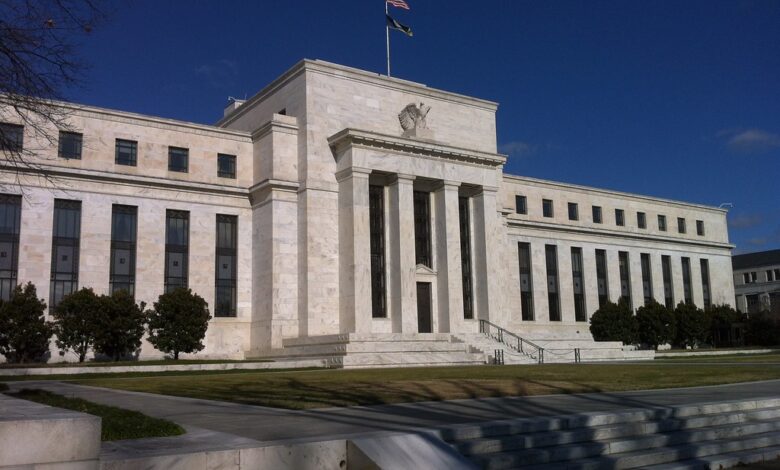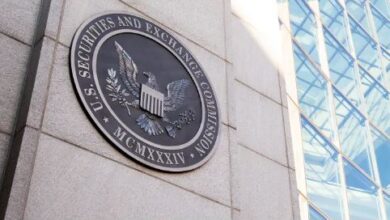Fed’s Christopher Waller: “Crypto No Longer on the Fringes” as Fed Enters New Era of Payments

Federal Reserve Governor Christopher Waller announced that the U.S. central bank is entering a “new era” in payments, signaling a major shift in its approach to cryptocurrency and decentralized finance (DeFi). Speaking at the Federal Reserve’s Payments Innovation Conference on Tuesday, Waller emphasized that crypto is no longer seen as an outsider in the financial ecosystem.
“I wanted to send a message that this is a new era for the Federal Reserve in payments — the DeFi industry is not viewed with suspicion or scorn,” said Waller. “Rather, today, you are welcomed to the conversation on the future of payments in the United States and on our home field — something that would have been unimaginable a few years ago.”
Waller noted that distributed ledgers and digital assets are now being “woven into the fabric of the payment and financial systems,” highlighting the growing integration of blockchain technology in mainstream finance.
A member of the Federal Reserve Board of Governors since his nomination by former President Donald Trump in 2020, Waller’s comments reflect a marked shift from the Biden administration’s more cautious stance toward crypto. Over the past year, the Fed has withdrawn restrictive guidance on crypto and stablecoin activities that discouraged banks from participating in the sector, and removed “reputational risk” as part of its bank examination program — both seen as wins for the crypto industry amid long-standing concerns about debanking.
The Fed’s move could signal a reversal of what many in the industry dubbed “Operation Chokepoint 2.0,” a period when crypto firms struggled to maintain access to banking services. Waller’s statements are being interpreted as a clear effort to rebuild that bridge and integrate the digital asset sector more directly into U.S. payments infrastructure.
As part of his forward-looking agenda, Waller revealed that the Fed is exploring a new “payment account” concept to support innovation in the payments space.
“This payment account concept would be targeted to provide basic Federal Reserve payment services to legally eligible institutions that right now conduct payment services primarily through a third-party bank that has a full-fledged master account,” Waller explained.
He informally dubbed this idea a “skinny master account,” which would grant certain institutions direct access to the Fed’s payment rails but with limitations on interest and overdraft privileges.
These payment accounts could particularly benefit fintechs and smaller payment companies that currently rely on larger banks for access to the Federal Reserve’s systems, opening up new opportunities for innovation and inclusion in the financial ecosystem.
“The account would provide access to the Federal Reserve payment rails while controlling for various risks to the Federal Reserve and the payment system,” he added. “To control the size of the accounts and associated impacts on the Fed’s balance sheet, the Reserve Banks would not pay interest on balances in a payment account, and balance caps may be imposed.”
Waller also mentioned that the Fed is actively conducting hands-on research into tokenization, smart contracts, and the intersection of artificial intelligence (AI) and payments — exploring how these technologies could be integrated into the Fed’s own payment systems in the future.
The Payments Innovation Conference, which continues throughout Tuesday, includes high-level discussions on tokenization, stablecoins, and the future of digital payments — underscoring the Fed’s increasing openness to blockchain-based financial technologies.





